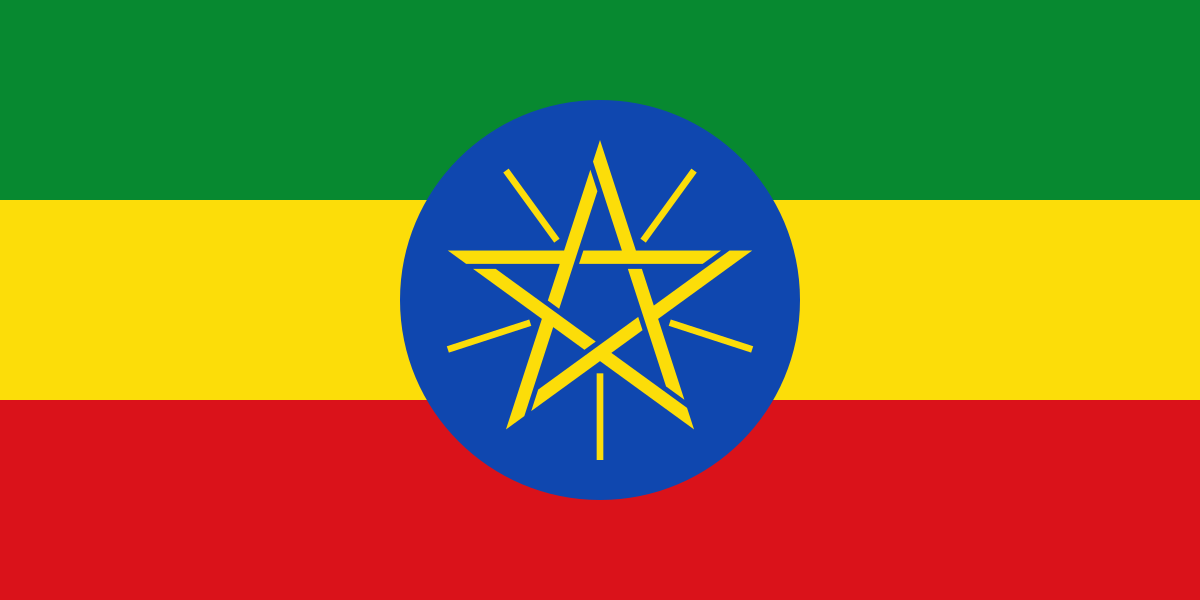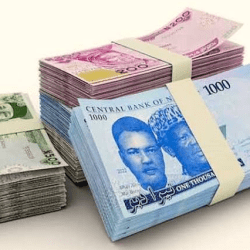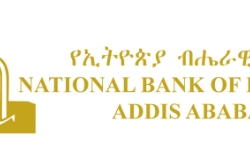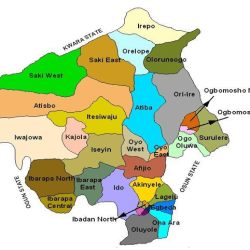Banks in Ethiopia and their phone numbers

Awash International Bank
Phone
+251 116 62 78 28
Commercial Bank of Ethiopia
Phone
+251 115 515004
Development Bank of Ethiopia
Phone
+251 115 511188
Dashen Bank
Phone
+251 114 661380
Wegagen Bank
Phone
+251 115 523800
Bank of Abyssinia
Phone
+251 115 514130
Hibret Bank
Phone
+251 114 655222
Nib International Bank
Phone
+251 115 503288
Cooperative Bank of Oromia
Phone
+251 115 542352
Lion International Bank
Phone
+251 116 626000/+251 6672479
Zemen Bank
Phone
+251 115 539363
Oromia Bank
Phone
+251 115 572113 or +251 115572115
Bunna International Bank
Phone
+251 111 580825 / +251 111 580828
Berhan International Bank
Phone
+251 116554724
Abay Bank S.C
Phone
+251 118302030
Addis International Bank S.C
Phone
+2511166627671/91
Debub Global Bank S.C
Phone
+251118501207
Enat Bank S.C
Phone
+251 116614531/34
Goh Betoch Bank S.C
Phone
+251 902444441
Hijira Bank S.C
Phone
+251 902444441
Siinqee Bank S.C
Phone
+251 115571118
Shabelle Bank S.C
Phone
+251257756977/76
Ahadu Bank S.C
Phone
+251911226277
Tsedey Bank S.C
Phone
+251111266996
Amhara Bank S.C
Phone
+251118529028
Sidama Bank S.C
Phone
+251916570958
Rammis Bank S.C
Phone
0911 – 25-03-53
Omo Bank Share Company
Phone: 046 – 2 – 20-20-52
Tsehay Bank Share Company
Phone: +251 911 20 77 83
Reference: https://nbe.gov.et/banks/#1669727121264-15b009c1-0325
Ethiopia
The Federal Democratic Republic of Ethiopia is an African country.
It shares borders with Eritrea to the north, Djibouti to the northeast, Somalia to the east and southeast, Kenya to the south, South Sudan to the west, and Sudan to the northwest.
Addis Ababa is the capital and largest city.

Languages: Amharic, Oromo, Somali, Tigrigna, Afar …
Currency: Ethiopian Birr
Dialing code: +251

As of 2023 the country’s population was 107,334,000, making it the 13 most populated country in the world and 2 most populated in Africa after Nigeria.
It covers a land area of 1,112,000 square kilometres (472,000 sq. miles).

Ethiopia is multi-ethnic with over 80 different ethnic groups. Oromo and Amhara are the country’s two largest ethnic groups.
Christianity is the most widely professed faith in the country. The country has some adherents of Islam and other faiths.
Regions
Ethiopia is administratively divided into four levels: regions, zones, woredas (districts) and kebele (wards).
The first level administrative division in Ethiopia is a region, also called kilil, or alternatively regional state.
The 1995 Constitution of Ethiopia established the regions based on ethno-linguistic territories.
The country comprises 11 regions and two city administrations under these regions, many zones, woredas and neighbourhood administration: kebeles.
Previously, this level was called a province, and though many of the old province and new region names are the same, the entities are not identical and the words region and province are not interchangeable. As of 2022 there were eleven regions.
The regions and their capitals in Ethiopia are as follows:
- Addis Ababa (City) …. Addis Ababa
- Afar Region … Semera
- Amhara Region … Bahir Dar
- Benishangul-Gumuz Region … Asosa
- Dire Dawa (City) … Dire Dawa
- Gambela Region … Gambela
- Harari Region … Harar
- Oromia Region … Addis Ababa
- Sidama Region … Hawassa
- Somali Region … Jijiga
- South West Ethiopia Peoples’ Region … Bonga
- Southern Nations, Nationalities, and Peoples’ Region … Hawassa
- Tigray Region … Mek’ele
Zones
Regions are subdivided into zones. The number of zones varies, but most regions have around six to twelve zones.
The largest region Oromia has over 20 zones, and the two smallest regions have none.
There are some cities which are set up as “special zones”, such as Bahir Dar Special Zone in the Amhara Region.
The earlier equivalent to a zone was called an awrajja, and many zones today are named the same as their earlier awrajja, but the terms zone and awrajja are not interchangeable.
Woredas
Zones are divided into woredas (districts). In Ethiopia, the woredas comprise three main organs: a council, an executive and a judicial.
The Woreda Council is the highest government organ of the district, which is made up of directly elected representatives from each kebele in the woredas.
The representative of the people in each kebele is accountable to their electorate.
Kebele
Woredas are divided into kebele, municipalities. Each kebele comprises around 20 smaller villages.
Kebele is the smallest administrative division. This is sometimes also called tabia or tabiya. They are at the neighbourhood level and are the primary contact for most citizens living in Ethiopia. Their administrative unit consists of an elected council, a cabinet (executive committee), a social court and the development and security staff. Kebeles are accountable to their woreda councils and are typically responsible for providing basic education, primary health care, agriculture, water, and rural roads.










